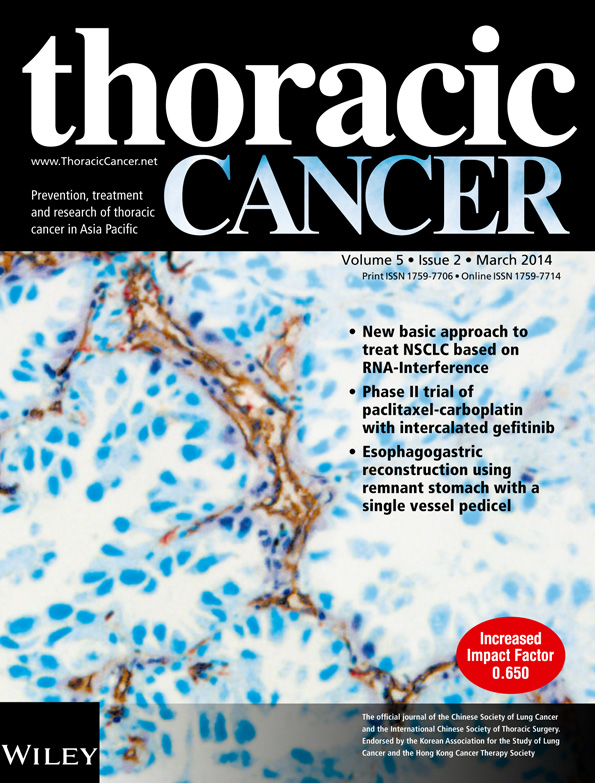New basic approach to treat non-small cell lung cancer based on RNA-interference
Abstract
Background
To date the therapy for non-small cell lung cancer (NSCLC) is associated with severe side effects, frustrating outcomes, and does not consider different tumor characteristics. The RNA-interference (RNAi) pathway represents a potential new approach to treat NSCLC. With small interfering ribonucleic acids (siRNAs), it is possible to reduce the expression of proliferation-dependent proteins in tumor cells, leading to their apoptosis. We propose that siRNAs could be adapted to the tumor type and may cause fewer side effects than current therapy.
Methods
Four NSCLC cell lines were cultured under standard conditions and transfected with three different concentrations of siRNAs targeted against the hypoxia-inducible factors 1α and 2α (HIF1α and HIF2α) and signal transducer and activator of transcription 3 (STAT3). The expression was observed by quantitative real-time polymerase chain reaction and western blots. For the analysis of cell growth three days after transfection, the cell number was detected using a CASY cell counter system.
Results
The results of the silencing of the analyzed factors differ in each cell line. Cell growth was significantly reduced in all cell lines after transfection with HIF1α- and STAT3-siRNA. The silencing of HIF2α resulted in a significant effect on cell growth in squamous, and large-cell lung cancer.
Conclusions
This study shows that the knockdown and viability to siRNA transfection differ in each tumor type according to the used siRNA. This implies that the tumor types differ among themselves and should be treated differently. Therefore, the authors suggest a possible approach to a more personalized treatment of NSCLC.




